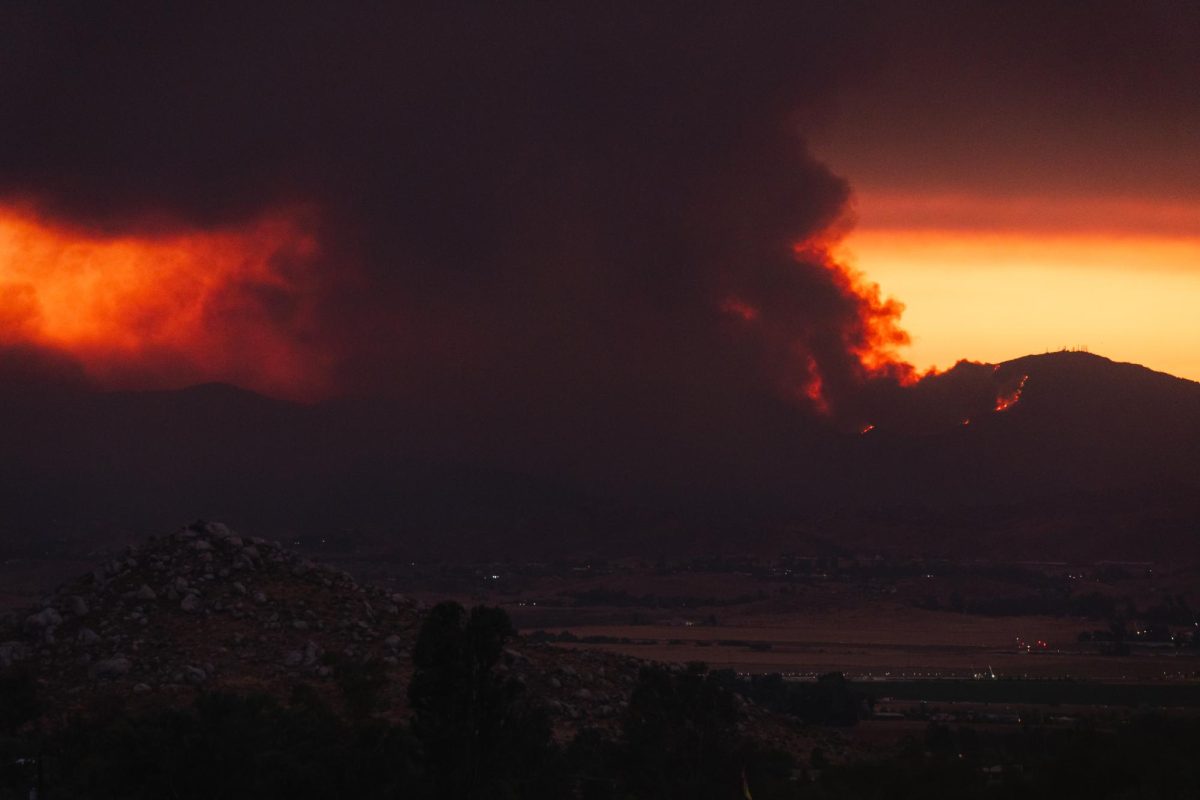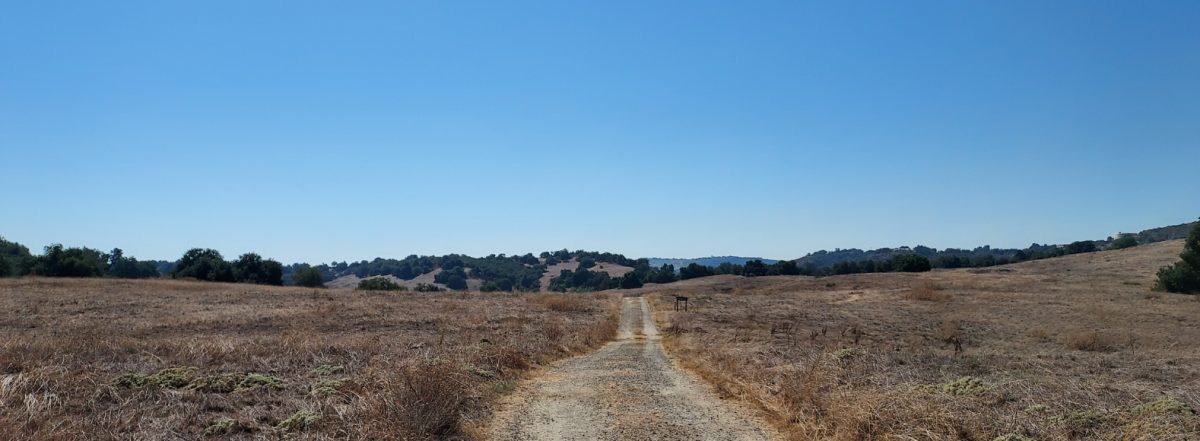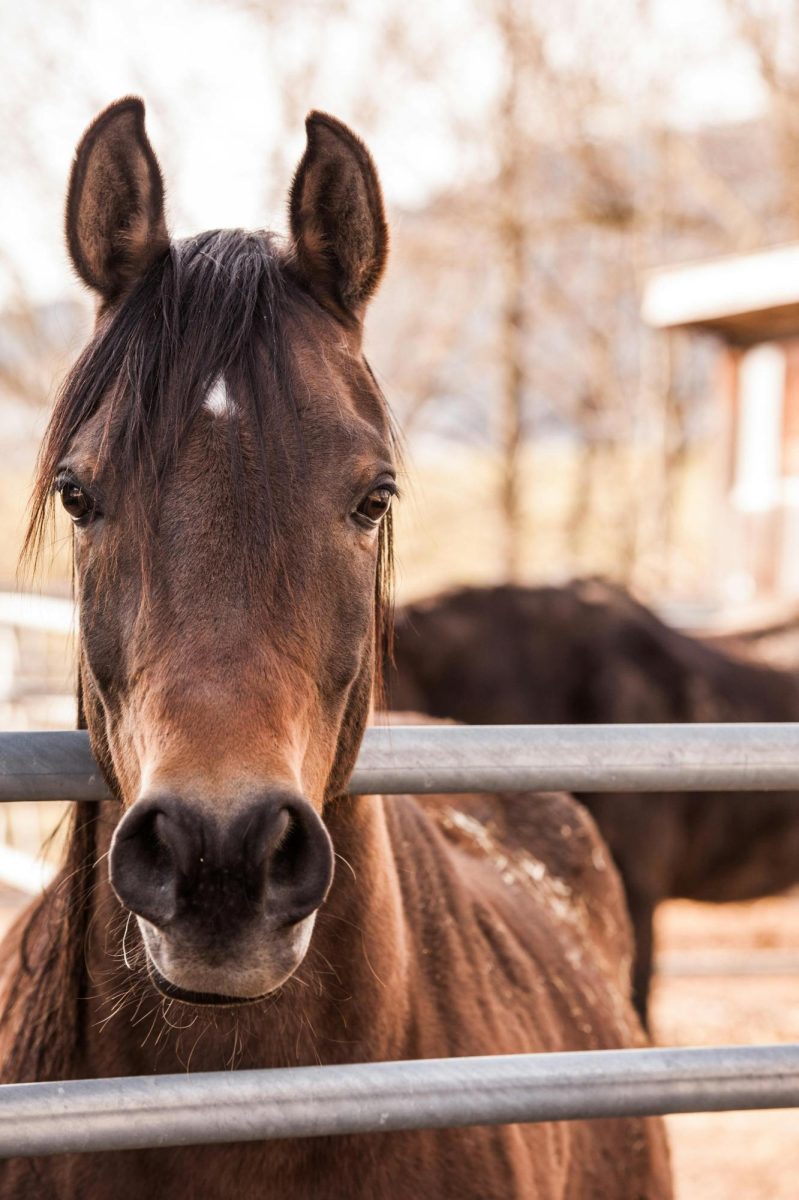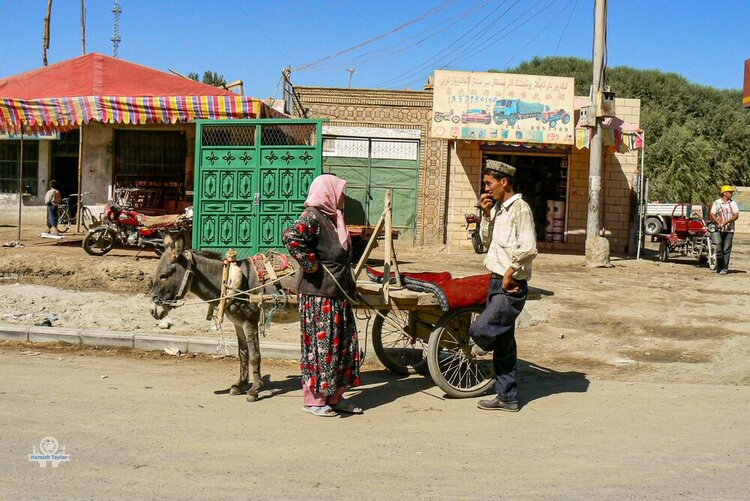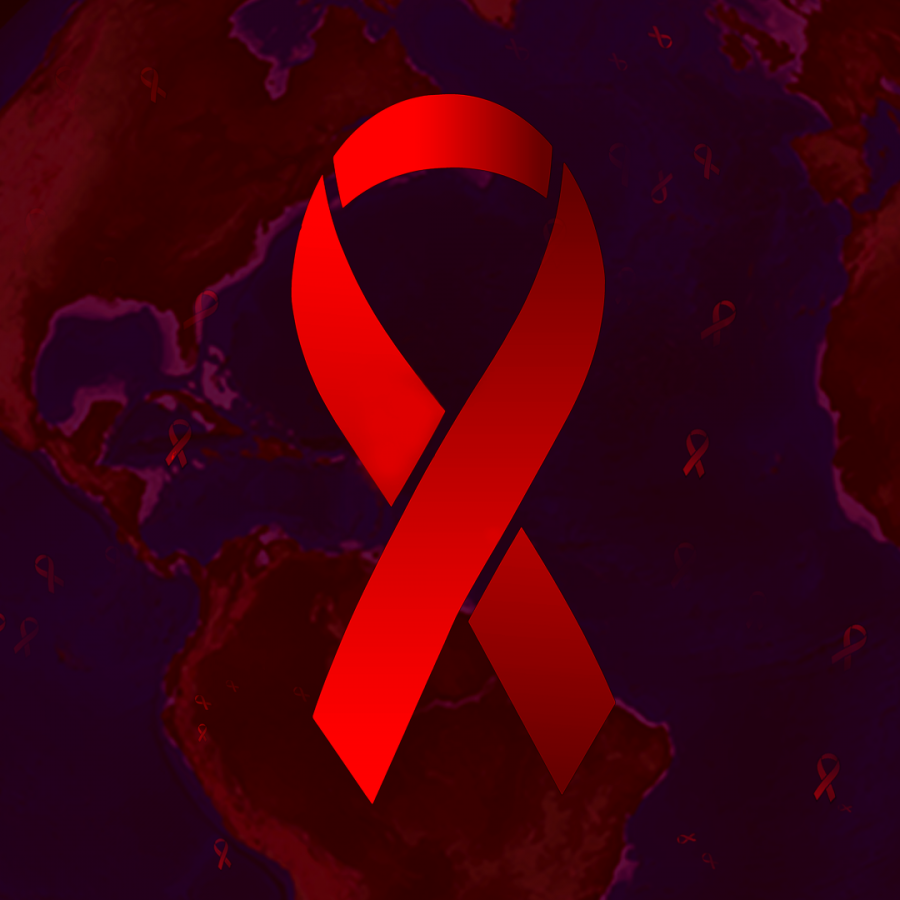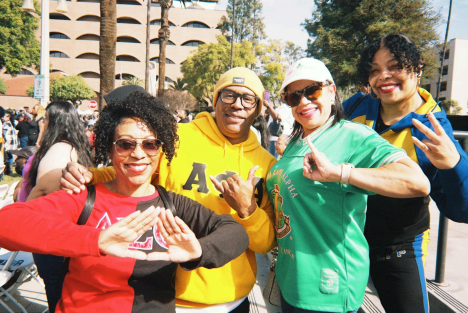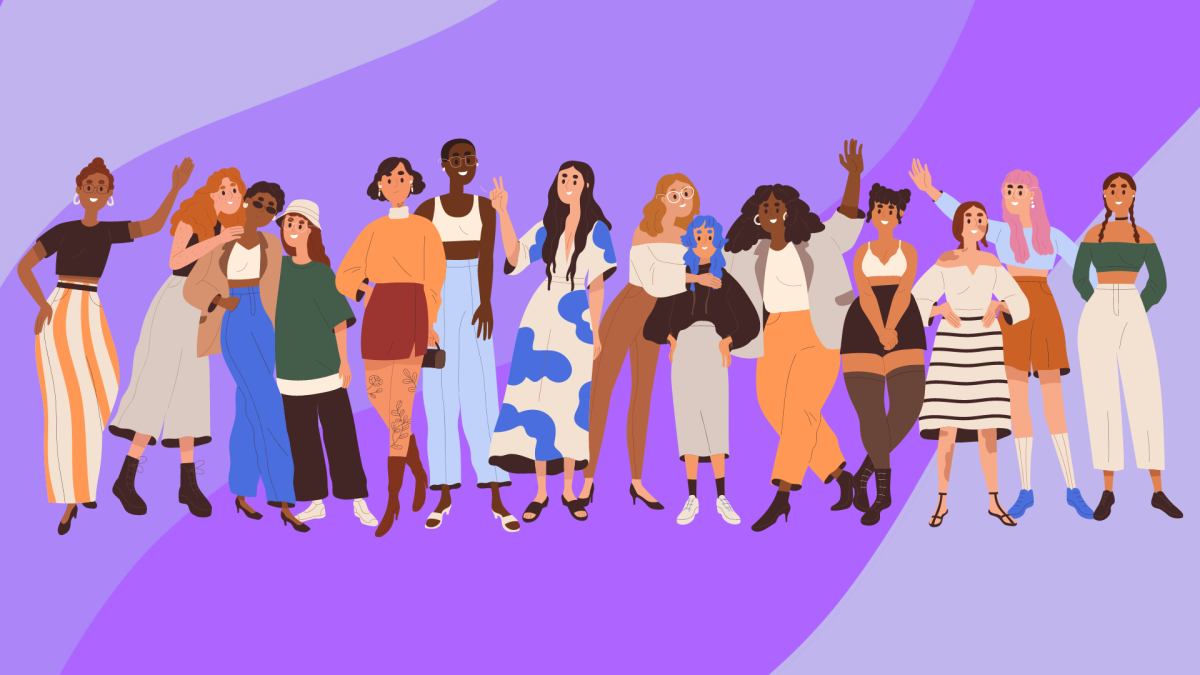The Avian Flu Outbreak
May 11, 2023
On Saturday, April 15, I went on a field trip to the San Diego Zoo for an Anthropology project that is worth 30% of my grade. Although it was a requirement for me to be here, I was more than excited to see the animals and record their behavior. To my disbelief, my favorite bird, the flamingo, was missing from its original spot. In fact, a lot of the birds were missing. The culprit? The avian flu. Not to worry, though. The birds are still in the park, just not in their usual places. However, after a deeper investigation into this flu, it has come to my understanding that this issue goes beyond the zoo and is affecting other wildlife and poultry.
According to the Centers for Disease Control and Prevention as of May 3, 6,737 wild birds have been reported to have the virus in the U.S. with Riverside County detecting only five birds with the virus. However, San Diego County has encountered 24 cases, Los Angeles County has 30, and Orange County has 10 cases. The website also states that “Wild birds can be infected with HPAI [avian flu] and show no signs of illness. They can carry the disease to new areas when migrating, potentially exposing domestic poultry to the virus.” So they can look fine for the most part.
Even though the number of infected wild birds is concerning, poultry is the most affected. A staggering 58,789,341 U.S. poultry have been detected with the virus. The CDC also states that this includes “wild aquatic birds, commercial poultry, and backyard or hobbyist flocks.”
This raises the question: How has this virus affected us? As of March, 20 Condors have died in Arizona and Utah from the virus. It may seem like a small number of condors, but they are incredibly important to the environment because they eat the carcasses of animals and prevent disease outbreaks. As the avian flu rises in numbers, so will the death of condors. Not only does this affect the birds we see outside, but this flu has affected many of our chickens, turkeys, ducks, and geese. According to The Conversation, “As of early April, the outbreak had caused the culling of some 23 million birds from Maine to Wyoming.” With this high mortality among poultry, many negative effects can be expected, like the continuation of rising egg prices like we see today.
Places that house birds are making an effort to lower the spread of the virus. Whether it is placing their birds in less viral cages, like the San Diego Zoo, or giving daily inspections to their birds. At the moment, there is little to no public health risk when it comes to human interactions with the virus. There has been only one instance of the avian flu being detected in a human but CDC states that “This does not change the human risk assessment for the general public.” As long as you wash your hands, get your seasonal flu vaccine, and cook your poultry properly, you should not be too concerned about becoming infected.





